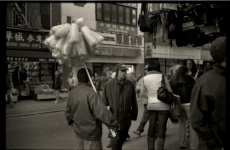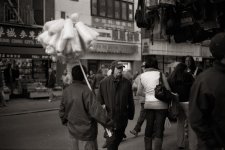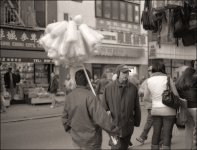R
rich815
Guest
bml, I'd stick to APX 100 and 400 for your trip. Perhaps take a roll of XP2 for the heck of it. Have fun, I love London.
Your raw scan looks alright. I'll try to fool with it later tonight when I'm home at my "digital darkroom" workstation. One thing I'd recommend off the bat is to crop before your scan down to not include the dark edges of the film outside the frame of the image.
Also, download and try Vuescan with the 4490. I much prefer it to either NikonScan or EpsonScan myself. It can be found at www.hamrick.com
Your raw scan looks alright. I'll try to fool with it later tonight when I'm home at my "digital darkroom" workstation. One thing I'd recommend off the bat is to crop before your scan down to not include the dark edges of the film outside the frame of the image.
Also, download and try Vuescan with the 4490. I much prefer it to either NikonScan or EpsonScan myself. It can be found at www.hamrick.com




